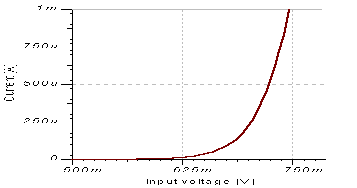

Transistors are invariably made of semiconducting materials, but the special properties of superconducting materials make them attractive for some, highly demanding, applications. Indeed, physicists have been trying to build superconducting devices with transistor-like properties - in particular devices that can amplify electrical currents - for more than 20 years. Now Giampiero Pepe of the University of Naples in Italy and colleagues led by Antonio Barone, together with Norman Booth of Oxford University in the UK, have built a superconducting device that exhibits large current amplification and other transistor-like properties (G P Pepe et al. 2000 Appl. Phys. Lett. 77 447). The team observed current gains of more than 50 and signal power gains as high as 1000. The device can also be operated at negative current gains, which is not possible with semiconductor devices. The device operates at a temperature of 4 K on a power of about 1 microwatt and voltages of millivolts, in comparison to a power of 1-10 milliwatt and voltages of several volts for conventional transistors. This quasiparticle trapping transistor, which the researchers call a "quatratran," is the superconducting analog of both the pnp and npn transistors and can be batch produced with comparable fabrication techniques.
Such devices could be exploited in a wide range of cryogenic particle and radiation detectors in both astrophysics and particle physics (N E Booth et al. 1999 Supercond. Sci. Tech. 12 538).
Note: To read more about this device click HERE.
![]()
 BACK to the "News" page at Superconductors.ORG
BACK to the "News" page at Superconductors.ORG